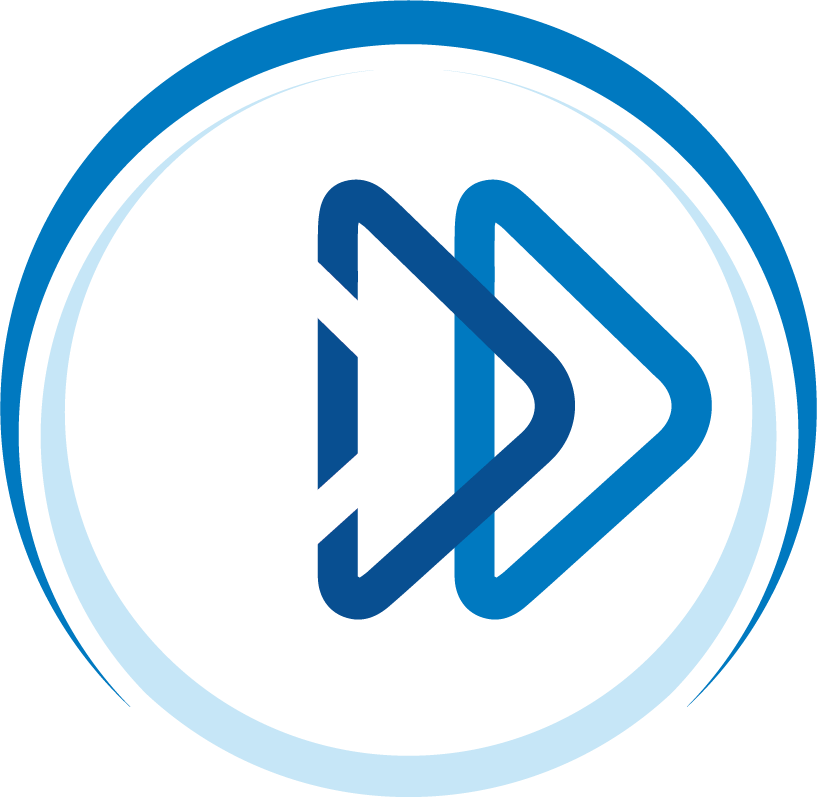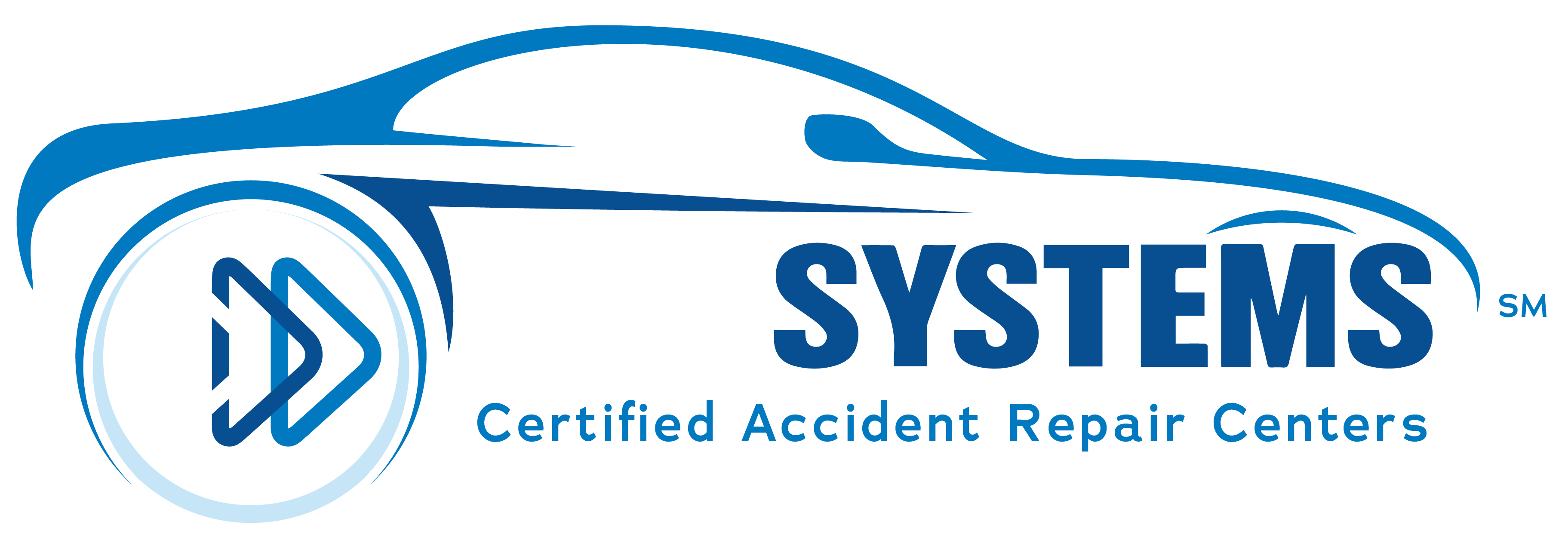RE-THINKING THE VEHICLE REFINISHING INDUSTRY with North American industry icon Michael Giarrizzo
RE-THINKING THE VEHICLE REFINISHING INDUSTRY with North American industry icon Michael Giarrizzo
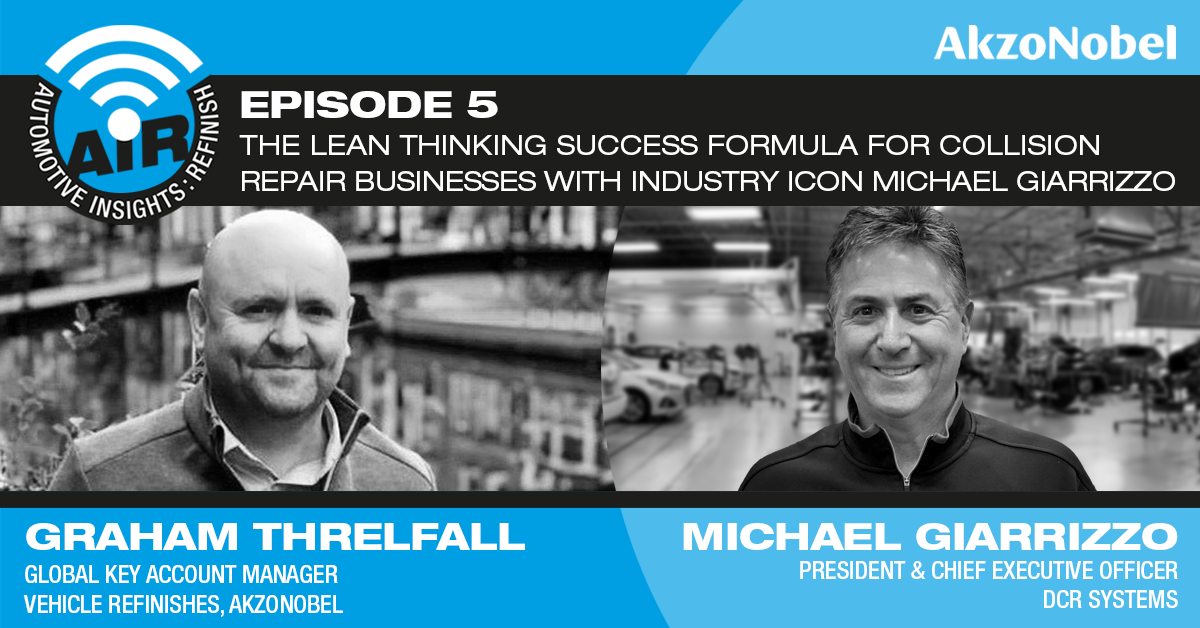
Adapting to an Evolving Industry
[In the latest Automotive Insights: refinish podcast, host Graham Threlfall, Global Key Account manager from Akzo Nobel, talks to Michael Giarrizzo, President and CEO of DCR Systems . ]
Michael Giarrizzo, President and CEO of DCR Systems, has a lifetime of experience in auto body repairs. In an industry that is estimated to be worth over US$10 billion, a global vehicle Refinish market also worth US$10 billion and car sales growing at 2.5% CAGR, he has to be constantly on top of his game. That means using lean repair principles and choosing the right third-party suppliers to meet the demands of an industry that is constantly changing and facing a new set of challenges.
In the last few years, for example, just as the industry was trying to adapt to the growing complexity of driver-assisted and electric vehicles (EVs), which required re-tooling and up-skilling the workforce, the global pandemic hit. On the one hand, the crisis served to accelerate the pace of change. On the other, it has led to labor shortages, just at the point that capital costs are increasing, and experts predict that the demand for maintaining and repairing EVs will be 40% lower than traditional ICE’s.
It means that for a business to survive in today’s market, collision repair shops must move away from the traditional family-run garage towards a streamlined business machine.
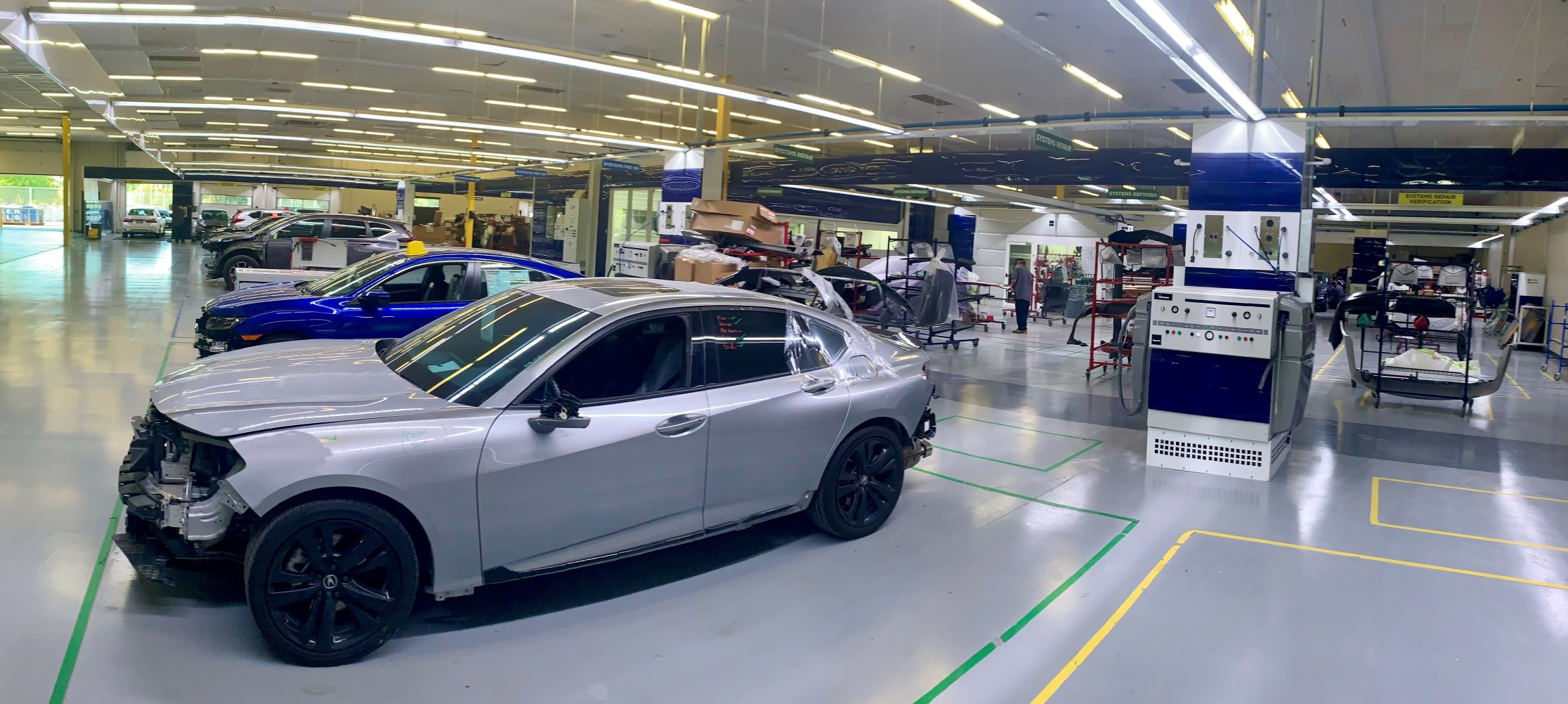
Lindsay Auto Body | Columbus, Ohio
A lifetime in the industry
When Michael joined the family business in the late ‘80s it was a single collision body shop. Over the next decade it expanded to four shops across Northeast Ohio, until Sterling Autobody Centers acquired the firm in the 1990s and Michael became regional director. At Sterling he was introduced to Toyota’s lean production systems which eliminates all waste in the production of goods, by using the most efficient, just-in-time processes. When Stirling was itself acquired to become a subsidiary of Allstate Holdings, a risk management company, Michael learnt more about insurer-owned body shops.
That experience was crucial when he set up DCR Systems in 2014 to develop a new concept in automotive repair. Michael remembers it well: “At the beginning of my career as a production manager, quarter panels went on a very similar way, regardless of manufacturer, and when repairing panels, you didn’t have to worry about substrates and things like that. It was all just so much simpler.
The technology tsunami
An average new vehicle contains over a thousand semiconductor computer chips controlling everything from interior lighting and tire pressure monitoring to ADAS (accident avoidance and driver assistance) features. More significantly, perhaps, manufacturers are now using a variety of lightweight materials which need different coatings. When working with an EV, technicians therefore need to be familiar with everything from the vehicle’s software system to handling high voltage equipment. It’s not possible to carry all of that knowledge and information in their heads; they need help.
In starting his own business, Michael realized that body shops needed to work far more closely with manufacturers and their dealers because of the increasingly complex and technical nature of repairs. He also recognized that consistency of quality was key to building trust and creating good working relationships.
“A production manager coped with every situation and every problem based on their own and their technicians’ experience, and it drove the business’ success. But this model is no longer sustainable in the wake of the current ‘technology tsunami’.”
Re-creating workshop processes with partners
When Michael considered the Toyota Production System, it was clear that a big part of its success was down to the supply chain and the partners it chose. And it was the same in this new collision repair world.
“The whole repair process was broken down into a sequence of repeatable steps, starting with a first-rate diagnostic process to discover everything,” Michael explains. “Discovering as you go is long, drawn out and painful. with quotes being revised when something new is discovered. It doesn’t serve the customer well – or anyone else.
“The next step is to build a kit of repair with all the parts, tools and instructions needed to allow a continuous flow of work on the car until it’s back in the customer’s hands. Start with an audit and a repair blueprint, order all the parts needed. One time. Receive them all, verify them for correctness, and then start to repair the car, following the suppliers’ instructions until its completed. That’s a simple idea, but not so easy in practice.”
Michael says that AkzoNobel was a coatings and services supplier who helped DCR Systems develop just-in-time inventory systems to replenish paint and coating systems at the rate they are actually used: “That means the shelves aren’t bellowing with huge amounts of excess inventory or just-in-case inventory. It’s a just-in-time inventory,” he adds.
AkzoNobel and DCR Systems created work standards and processes together. The new process workflows, coupled with unique in-house software, has enabled DCR Systems to provide insurers with a complete audit trail of the decisions taken and the repairs made which becomes a permanent record for the insurance claim.
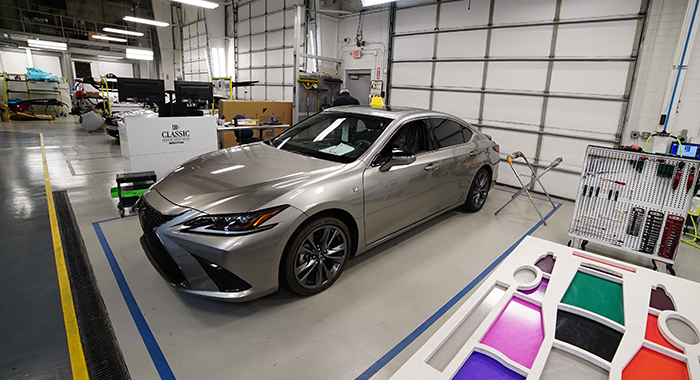
DCR Systems Mentor | Mentor, Ohio
Serving your people – a new management style
Inventing those new workforce processes needed the technicians to be involved in documenting the work and developing the strict work instructions coming from the manufacturers and suppliers. It also meant being sensitive to pay and reward. As the technicians became more skilled, commission-based pay was replaced.
The pay rate was close to the higher commissions technicians had received, so they didn’t fear losing income. This was possible because of a new management style.
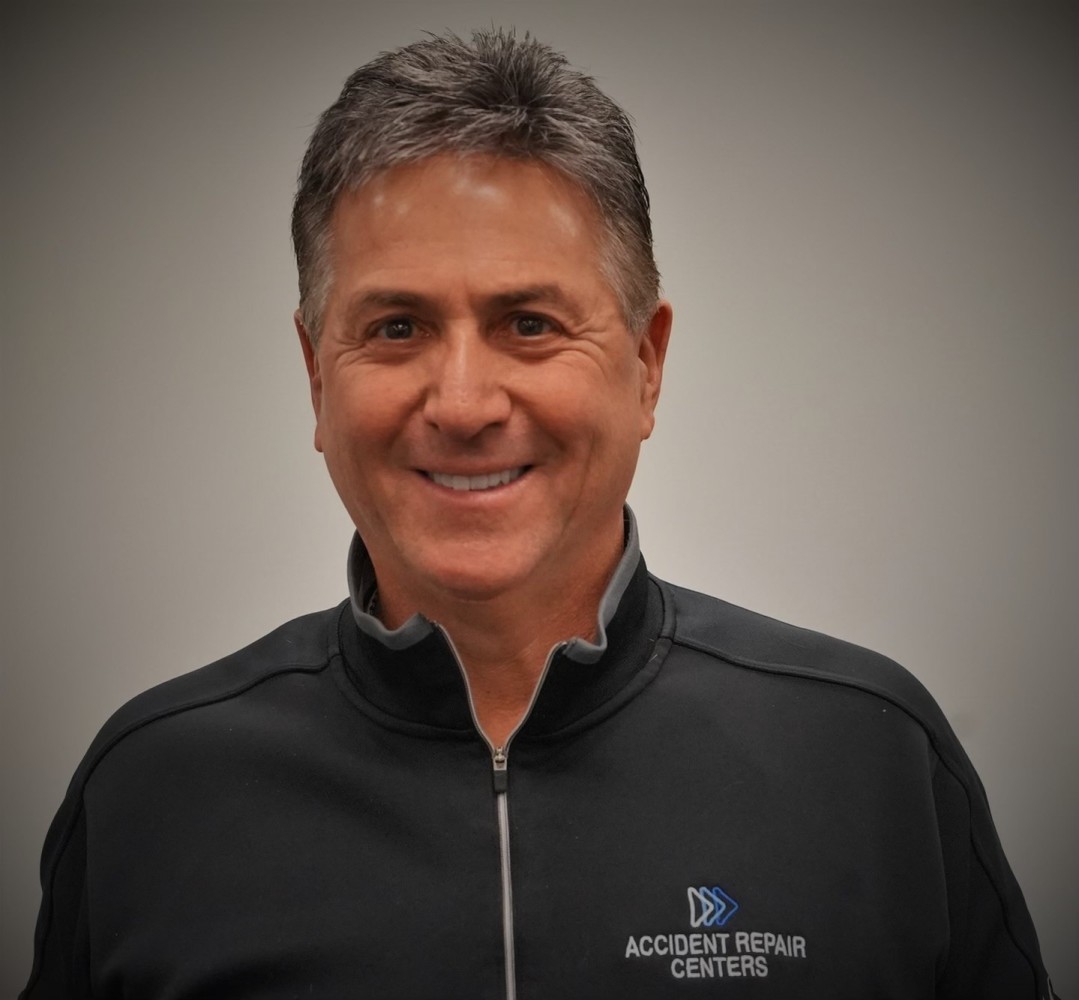
Michael Giarrizzo | President & CEO | DCR Systems
“We were focused on customers first but realised it’s actually people first,” Michael continues. “If we take good care of our people, they’ll take good care of the customers. Rather than barking out orders across the shop floor as in the old days, now the management style is all about servant leadership. As a leader, whether it’s at the site level, store level, or the corporate level, my job becomes how to help others be successful in their development, their careers, and their role within the company. And how can I become really servant to that cause.”
Graham recognises it is a challenging time for the industry. Body shops the world over need to modernise. As well as dealing with new technology, the current labor shortages will be compounded by the retirement of 100,000 baby boomers in the next decade. Attracting and retaining technicians, and persuading them to change, isn’t going to be easy. Owners with plenty of work will not want to change or upset their workforce, but they may be obliged to make change before it is forced upon them: “People sometimes fear change, and fear doing things differently,” Michael says, “and, they become almost paralysed. The vast majority of body shops operate in a very similar way, and it may have served the decades of the past, well, but it’s not going to serve today or the future, well, at all.”

DCR Systems Mentor | Mentor, Ohio
Making a start with one simple step
Everyone has their own view about their own market and their own shop, and sometimes people feel isolated. So if Michael was to give one piece of advice to his fellow body shop-owners, what would that be?
“Start with the repair planning or blueprinting stage,” he says. “Gather the technicians together over a pizza lunch, and ask them if there is just one chance to diagnose a vehicle – how could we do it? List their ideas on a whiteboard. Take one or two ideas and start drilling down. For example, if you have to color match, it has to be part of the upfront process – what would we need to do? Then together, start developing a set of standards of how to determine which variants or parts you use on the vehicle. Where in the process does that fit? Keep challenging the team to come up with more ideas.”
Michael believes that the list of ideas will be similar the world over. But getting the preparation right will reduce waste and redundancies in the system. The body shop will become leaner and more efficient, and customer service will improve. Another bonus in a world starved of labor comes from removing commission-based pay: “The experienced technicians are far more welcoming of apprentices and entry-level workers,” Michael concludes.
“They are helping to build a more sustainable workforce for the future, and a more profitable, sustainable business which can move forward and meet the challenges of today and tomorrow.”
